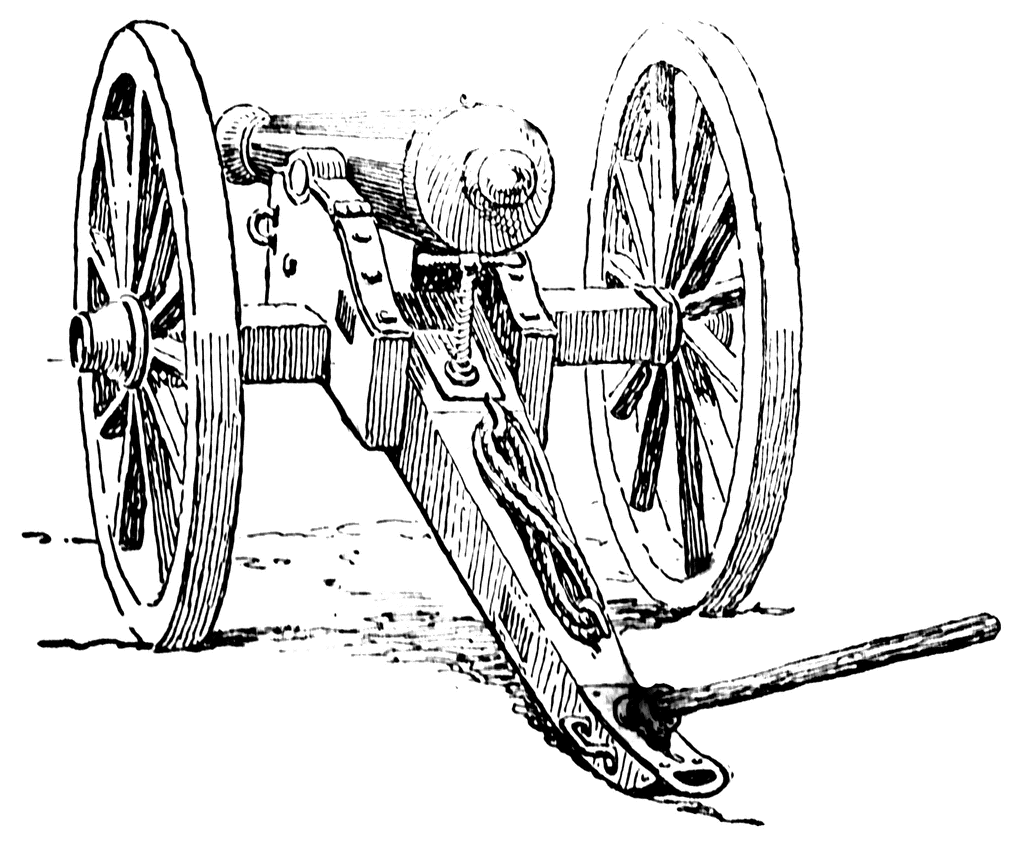
10th Tennessee - Mortons Battery

Welcome to the home of the
Mortons Artillery Battery
We are a Civil War reenactment group based in Central Florida and are actively recruiting members who have an interest in Civil War history and reenactment. Mortons Artillery Battery is a member of the Southern Volunteer Battalion that reenacts throughout the state Florida. Mortons Artillery Battery is a family friendly unit!

Contacts
Lt. Colonel. Gene Hendrickson – Greyrider36@hotmail.com
386-788-5988

Lt. Colonel. Gene Hendrickson

1st Sgt. Ron Alcorn

John W. Morton
or



In December, 1862, during General Nathan Bedford Forrest's first West Tennessee raid John W. Morton approached Forrest with a request for a gun. Forrest first turned down the little boy, but Morton’s persistence paid off, and Forrest gave him two steel Rodmans and two howitzers borrowed from Freeman’s Battery. Morton's Battery received its baptism under fire at the Battle of Parker's Crossroads, Tennessee on December 31, 1862. After seeing Morton in action at Parker’s Crossroads, Forrest called him that “little stripe of a boy with the big backbone” Forrest went on to make him Chief of all of his artillery. What Pelham was, and what he would have become in the Army of Northern Virginia had he lived, was what Morton was to Forrest and the Army of Tennessee. It was Forrest’s custom to have his guns charge in front of the infantry and cavalry, something unheard of in the history of warfare. Prior to Morton’s action, artillery were always placed in the rear and supported by infantry. However it was Forrest’s, and correspondingly Morton’s, method of fighting to lead with artillery, the gunners constantly moving the guns forward by hand.
The Battery served for three very distinguished years under General Forrest and fought in approximately twenty-eight major engagements. Some of the major engagements included Chickamauga, Okolona, Brice's Crossroads, Johnsonville, Franklin and Nashville. Morton miraculously survived until the end of the war.
John W. Morton was the youngest Confederate artillery Captain in the War for Southern Independence. He was 20 years old when he was assigned to General Forrest's command and formed his Battery. In April 1863, Captain Morton was appointed Chief of Artillery for Forrest Cavalry, making him the youngest Chief of Artillery in either the Confederate or Union Army.
Captain Morton and General Forrest became close companions during the war. Morton was a valued advisor to the General, and often charged with the responsibility that meant the success or failure of General Forrest's battle plan. Forrest had no closer associate than Morton during the War and they remained close friends for the remainder of their lives. Both working together after the War to throw off the reconstruction government and by quiet revolution were successful, Tennessee being the first state to regain its relative freedom. Their successes lead to the same success in the remaining Southern States.
Of the two images of Morton, this is by far the best known and most widely published, showing the Captain before the trials of War had aged his features. However all existing images were copied from this, the original sixth plate portrait on porcelain from life. The names on the back are of Captain Isaac Watson of Morton’s Battery and John W. Morton. Below the names there is an illegible line over the word husband. The image has never been in a collection and has only recently been discovered in private hands. I can only surmise that Morton had given the image to Captain Watson in later years and the image was passed down in his family.
users know a little more about you.





Raid On Bishops Farm
Holly Fill, Florida
April 17th, 18th, & 19th, 2015

